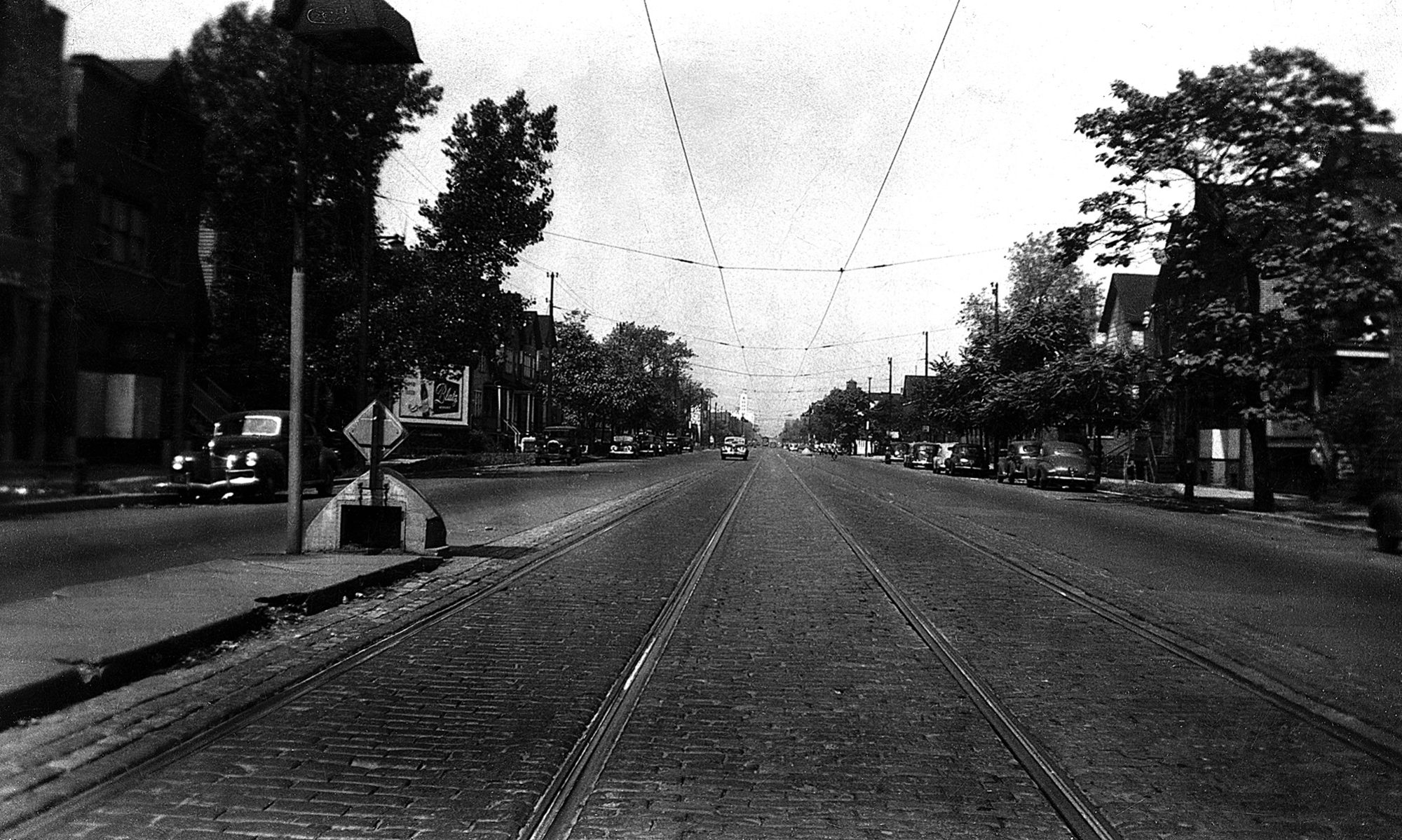On 15 February I spent the afternoon at the Charles River Museum of Industry and Innovation attending the New England Model Engineering Society show. It was their 24th annual show with about fifty exhibitors. The show was an opportunity for exhibitors to display and discuss their work. I captured the images using a Nikon D750 with a Nikkor 24-120mm kit lens in natural light.
These model engineers derive a lot of satisfaction and learn engineering principles from their work. Miniature engines dominated to show, although there were other interesting devices, including several toys, model aircraft, and a fascinating working model of a canal. Construction of any of these requires study and patience as well as an intuitive understanding of engineering.
The engines are especially demanding because their construction requires metal machining equipment that can be expensive and consume a lot of space in a home. Many of these hobbyists have a drill press, engine lathe, and milling machine. Sometimes these tools are supplemented by 3D printers and Computer Numerical Control (CNC) machines. Many of the engines are built from kits that are rough castings rather than completed parts. They must all be machined and made to fit precisely.
One of my first stops at the show was a V8 engine that weighed probably ten to fifteen pounds. The hobbyist is an optometrist by profession. I always inquired about the profession or trade of the hobbyist and I was surprised by the answers. Of the three that I interviewed, none was a machinist by trade.

The V8 is a beautiful thing and is a miniature cross between a Cadillac and a Ford flathead V8. Of course, I didn’t know that by looking at it. The hobbyist explained to me that Cadillac had the exhaust manifold on the top of the engine block and Ford had them on the side. He started the engine and it roared as you would expect a V8 to roar. It was a miniature roar, but still had the distinctive sound of a V8.
The next engine was a model hit and miss gasoline engine. It is called “hit and miss” because the speed is governed by a valve in the piston head. When the valve is closed the spark plug fires and ignites the fuel or “hits”, propelling the piston. When the valve is open, the fuel mixture cannot compress and does not ignite or “misses”, slowing the engine since the piston is not being propelled. Instead, drag slows it down.

The hit and miss engine was built by a retired architect. He gave ample credit to PM Research, the company that supplies the castings. In this case, the hobbyist also deserves credit for a masterful job at machining, finishing, and assembly. The kit is still available from PM Research for $550.
My final interview was with a retired draftsman who also had a version of a hit or miss engine. He had taken his engine to many shows and complained that it was balky. When I arrived he was working to get the engine re-started. This man also had a beautiful steam engine that he had restored. He said that his wife purchased it at a garage sale for $50 and that many of the parts did not fit correctly. His wife must know him very since she knew he would love to work on this engine and get it to work.

Just before I left the exhibit, there was a drawing for a model airplane. The man who won received the airplane and an explanation of its construction and operation. It is a beautiful piece of work constructed with colored tissue paper stretched over a balsa wood structure. There was another man behind us who was demonstrating how this was done. He was gluing balsa struts together to make the wing and the sides of the fuselage, pinning them to a paper pattern to align the parts. What I really like the most about this image is that the builder’s rugby shirt matches the colors of his airplane.

I hope that all of the hobbyists felt appreciated. As a photographer, I know that all of the hard work is especially pleasing when someone else admires your work. There was a lot of fine work to be appreciated at this show.


Very interesting, Ed. Have not heard of this gathering before. Wonderful.
Thank you for your comment, Henry. This is one of many small shows in the area, all working hard to get noticed.